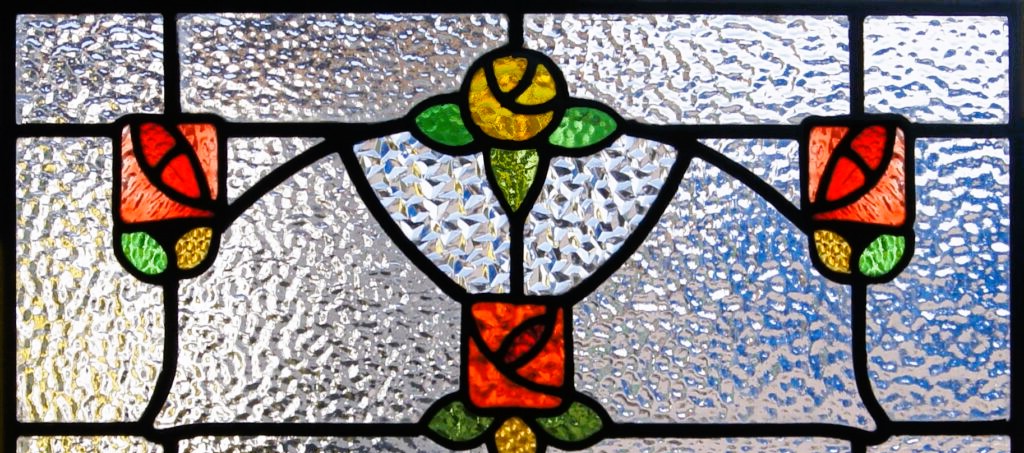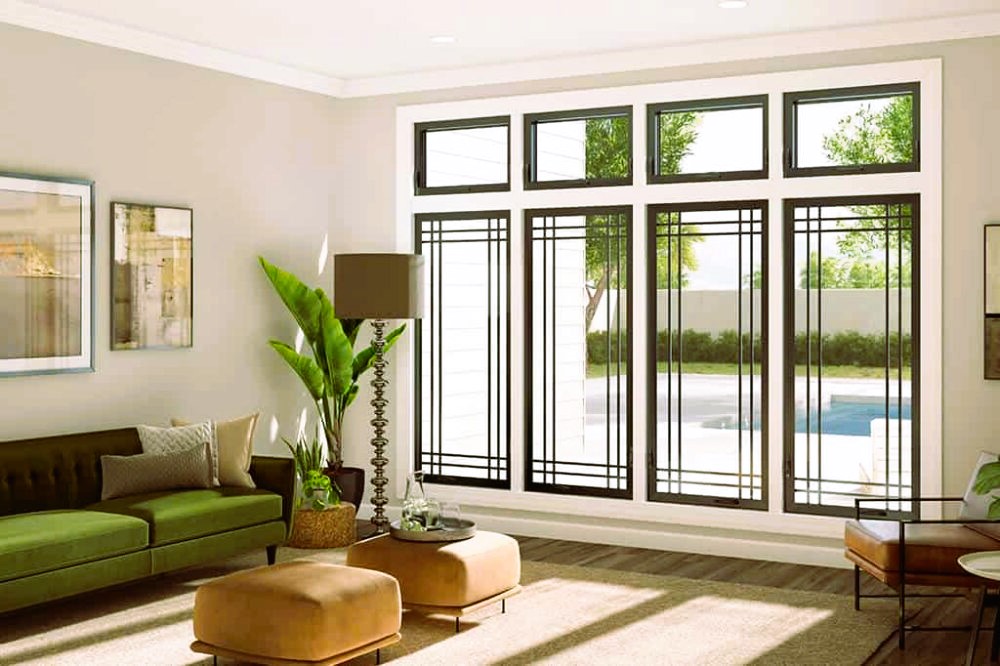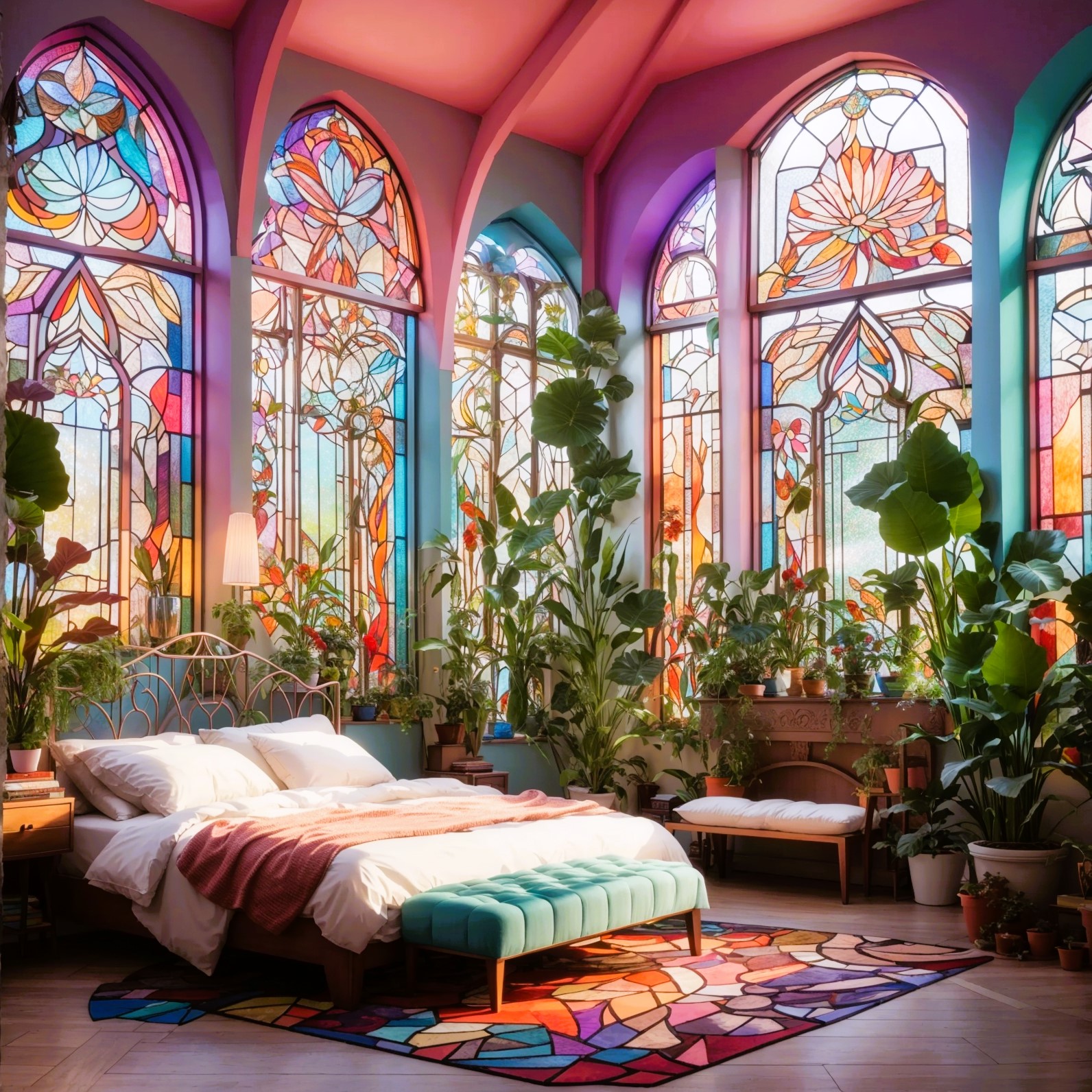Stained glass windows are more than just intricate works of art; they are portals that bridge the past and the present, infusing spaces with a unique blend of vintage charm and modern flair. With their rich history dating back centuries, stained glass windows continue to captivate the imagination and add a touch of elegance to contemporary interior design. In this article, we’ll explore the captivating world of stained glass windows, their history, design possibilities, and how they seamlessly integrate into modern living spaces.
1. The Beauty of Stained Glass
Stained glass windows are crafted from pieces of colored glass meticulously assembled to form intricate patterns, scenes, or abstract designs. Traditionally used in churches, cathedrals, and historical buildings, stained glass has evolved to find a place in residential and commercial interiors.
2. Link to Standards: Wikipedia – Stained Glass
Visit this Wikipedia article to learn more about the history, techniques, and cultural significance of stained glass in various contexts.
3. A Glimpse into History
Stained glass windows have a rich history dating back to ancient civilizations. They were often used to depict religious narratives, and their vibrant colors were symbolic of spiritual meanings. During the Gothic and Renaissance periods, stained glass flourished in cathedrals and palaces, showcasing craftsmanship and artistic excellence.
4. The Modern Revival

While stained glass experienced a decline in popularity during certain periods, it saw a resurgence during the Arts and Crafts movement and Art Nouveau era. Today, stained glass is experiencing another revival, with designers and homeowners embracing its timeless beauty.
5. Incorporating Stained Glass into Modern Design
- A. Windows and Doors: Stained glass panels can be integrated into windows, doors, or partitions, adding character and privacy while allowing diffused light to filter through.
- B. Room Dividers: Stained glass partitions can serve as artistic room dividers, creating distinct zones within an open space.
- C. Ceiling Fixtures: Stained glass can be used in skylights, light fixtures, or ceiling panels, casting colorful patterns and hues across the room.
Explore Canada’s national historic sites to gain insights into the preservation and restoration of stained glass windows in historical contexts.
6. Custom Designs
Stained glass offers endless possibilities for customization. Collaborate with artists and craftsmen to create bespoke designs that reflect your personal style and complement your interior theme.
7. Balancing Vintage and Modern
Incorporating stained glass into modern interiors requires a careful balance between vintage charm and contemporary aesthetics. Choose designs that resonate with your vision while harmonizing with the overall decor. Make a sustainable choice for a greener home with our Sustainable Interior Design article.
8. Benefits of Stained Glass
- A. Visual Interest: Stained glass adds a focal point to any room, captivating attention with its intricate patterns and vibrant colors.
- B. Privacy: Stained glass provides privacy without sacrificing natural light, making it an ideal solution for bathrooms and bedrooms.
- C. Light Play: As sunlight passes through stained glass, it creates mesmerizing patterns of light and color, transforming the atmosphere.
9. Sustainability Considerations

Explore sustainable design principles on Wikipedia to understand how the use of stained glass can align with eco-friendly living practices.
10. Restoration and Preservation
If incorporating authentic stained glass from historical sources, ensure proper restoration and maintenance to preserve their beauty and integrity.
11. Beyond Windows
Stained glass need not be confined to windows alone. Explore innovative ways to integrate stained glass elements into furniture, lighting, and decorative objects.
In conclusion, stained glass windows are a testament to the enduring fusion of art and architecture. Their ability to seamlessly blend vintage charm with modern design elements makes them a versatile and captivating addition to any space. By understanding their historical significance, collaborating with skilled artisans, and integrating them thoughtfully into your interior, you can create a harmonious balance between the past and the present, infusing your living environment with timeless beauty.

